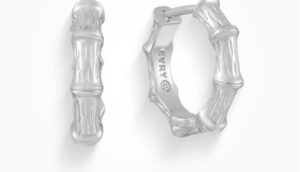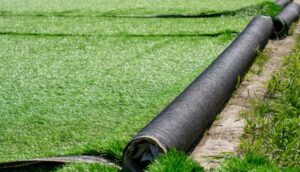
Sports Footwear
Selecting the proper sports footwear is crucial for anyone serious about their fitness routine. Regardless of whether you’re a seasoned athlete or just beginning your fitness journey, the shoes you select are crucial in shaping your performance, comfort levels, and vulnerability to injuries. With the myriad options available, finding the perfect pair can be overwhelming.
However, with careful consideration of specific factors and adherence to helpful guidelines, you can empower yourself to make a well-informed choice, ultimately elevating your exercise sessions. Read on to explore tips for choosing the proper sports footwear for your fitness routine, whether you’re eyeing Adidas shoes or other brands.
Evaluate Your Foot Type
Prior to delving into the array of shoe options available, it’s imperative to grasp your foot type. Typically categorised into three main types: neutral arch, low arch (flat feet), and high arch; understanding your foot type enables you to streamline your selection process and identify shoes that offer optimal support and stability tailored to your needs.
Consider Your Activity Footwear
Different sports and fitness activities require different types of footwear. Running shoes, for instance, are engineered to offer cushioning and support specifically geared towards repetitive forward motion. On the other hand, cross-training shoes boast enhanced versatility, catering to a diverse range of activities such as weightlifting, aerobics, and agility training. Consider the primary activity you’ll engage in and choose footwear tailored to support those movements.
Get Properly Fitted
Remember to consider correctly fitting for sports footwear. Visit a reputable athletic shoe store where trained professionals can assess your foot type, measure your feet, and provide personalised recommendations. Avoid buying shoes online without trying them on first, as a proper fit is essential for comfort and performance.
Prioritise Comfort and Fit
Comfort should be your top priority when choosing sports footwear. Look for shoes that feel comfortable as soon as you put them on, with no pinching or rubbing. Pay attention to the fit around the heel, arch, and toe box, ensuring that your feet have enough room to move without sliding around inside the shoe. Remember, a shoe that fits well will help prevent blisters, chafing, and other discomforts during your workout.
Assess Cushioning and Support
The degree of cushioning and support present in sports footwear can fluctuate depending on the brand and specific model. Consider your needs and preferences regarding cushioning – some people prefer a plush, soft feel, while others prefer firmer support. Additionally, look for features like arch support, heel stability, and midfoot lockdown to ensure proper alignment and reduce the risk of injuries such as plantar fasciitis or shin splints.
Test for Flexibility and Stability
Flexibility and stability are crucial aspects of sports footwear, especially for activities that involve lateral movements or quick changes in direction. When trying on shoes, test their flexibility by bending them at the foot ball – they should bend easily but not excessively. Additionally, check for stability by standing on one foot and assessing how well the shoe supports your ankle and prevents excessive rolling.
Consider Durability and Terrain
Think about the durability of the shoes and the terrain you’ll be exercising on. If you primarily work out indoors on gym floors, consider lightweight, breathable shoes with minimal tread. On the other hand, if you enjoy outdoor activities like trail running or hiking, look for shoes with rugged outsoles and protective features to withstand rough terrain and provide traction.
Choosing the proper sports footwear, such as Adidas shoes, for your fitness routine is a decision that should not be taken lightly. By understanding your foot type, considering your activity, getting adequately fitted, prioritising comfort and fit, assessing cushioning and support, testing for flexibility and stability, considering durability and terrain, and not sacrificing quality for the price, you can make an informed choice that enhances your workout experience and helps you achieve your fitness goals safely and comfortably.







